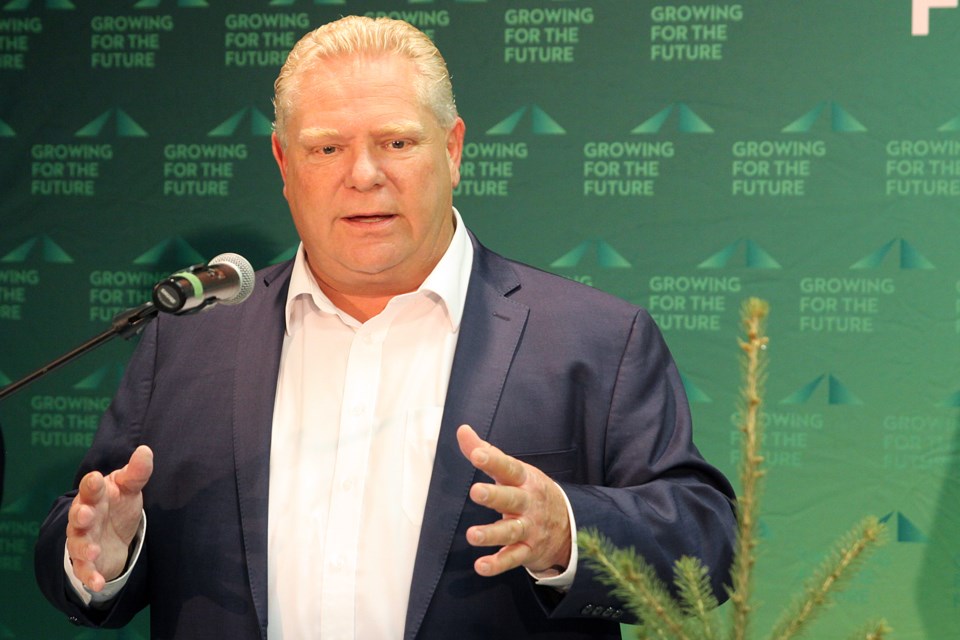THUNDER BAY - The province of Ontario is in a crisis, says Premier Doug Ford, and new COVID-19 modelling numbers are being described as ‘scary.’
“I’ve never stressed this so much than now,” Ford said during a media briefing on Friday. “We are in a crisis. That is how I can describe. It is scary and we need to work together.”
Ontario has been reporting record-high daily COVID-19 cases in recent weeks and according to Dr. Barbara Yaffe, Associate Chief Medical Officer of Health, the raw number of cases on Friday is more than 4,200, though the data includes cases from previous days, so the actual number is closer to 3,800.
“Today’s numbers are to be frank, scary. It’s going the wrong way,” she said. “We have more and more people hospitalized, more and more people on ventilators. Hospitals are starting to have to cut back on surgeries and other important procedures that require ICU. We have more and more outbreaks in congregate care, particularly long-term care. We have increased rates of positivity, even in children now.”
New modelling numbers are expected to be released next week and Ford and public health officials are urging Ontarians to do everything they can to stop the spread of COVID-19.
“We don’t want people dying, we don’t want ICUs overwhelmed, we don’t want morgues overrun,” Yaffe said. “We don’t want to scare people but we don’t want complacency.”
On Thursday, the province announced health units in Northern Ontario will remain under lockdown until at least Jan. 23. While students will return to in-person learning on Monday in the north, in Southern Ontario students will remain out of the classroom until at least Jan. 25.
But if the numbers continue to rise, Ford and Yaffe said more drastic measures might be necessary in order to maintain hospital capacity and stop the spread of the virus.
“As we look at the modeling, I think we do need to consider more serious measures, perhaps similar to what happened in the spring and look to other jurisdictions and what they have done,” Yaffe said.
“Right now we have to hunker down,” Ford added. “I just can’t stress this enough. When you see the modelling, it will be a real wake-up. They are actually scary numbers. This is crunch time right now.”
“If these basic measures continue to be ignored, the consequences will be more dire. The shutdown won’t end at the end of January and we will have to look at more extreme measures.”
And while the COVID-19 vaccine is available and roll-out of phase one of immunizations for long-term care residents and health care workers is underway, Ford reiterated that general immunizations are still months away.
“We will do mass vaccinations in April, May, and June,” Ford said. “We are hoping we will get five million doses every month. We will be vaccinating 160,000 people a day. We will get to that point, but it will be a bumpy road. We just have to get through these next few months and then we can get everyone vaccinated.”
